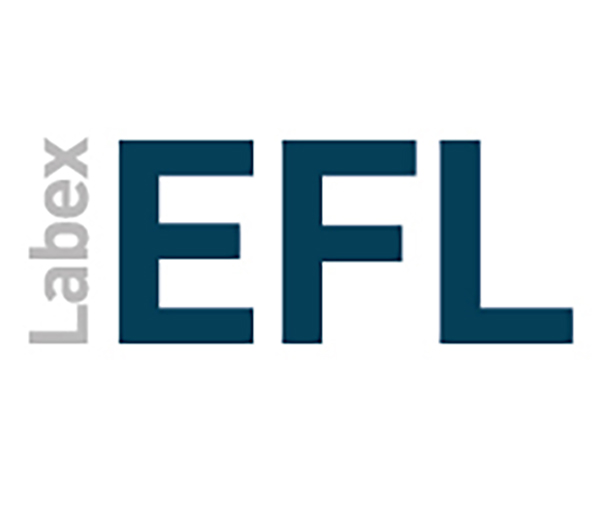LingLunch : Yulia Esaulova
En ligne
Yulia Esaulova (U. Koeln)
Gender prominence in sentence processing
Efficient language comprehension requires making predictions about (temporarily) ambiguous linguistic input as it unfolds in time. Previous research has shown that certain prominence features (e.g., animacy) are used to make predictions about the thematic structure of ambiguous sentences. Namely, entities with most prominent features (e.g., animate compared to inanimate) are anticipated to align with the hierarchy of thematic roles and function as agents (perform an action) and not as patients (receive an action). At the same time, misalignments between prominence scales and thematic role hierarchies lead to difficulties in comprehension. The goal of our study was to identify whether readers use gender information as a prominence feature to make predictions about thematic structure.
In a series of eye-tracking experiments, we investigated different types of gender information – grammatical (e.g., Musiker/Musikerin‘musicianmasc/fem’ in German) and stereotypical (as in stereotypically male electrician, female beautician or neutral student)– in order to examine whether readers make predictions about thematic structure based on the available gender characteristics of entities in temporarily ambiguous sentences. The results show longer fixation times and more regressions into relevant regions when agent role entities have feminine/female and not masculine/male gender characteristics.
Our findings suggest that the way readers use gender information may reveal certain gender-related expectations, so that entities possessing masculine/male characteristics are perceived as most prominent compared to feminine/female ones. In linguistic terms, this hierarchy may be interpreted as a prominence scale if gender is conceptualized as a prominence feature. If related to the social psychological concept of agency, the observed gender expectations may be considered an implicit gender bias. Bringing these two fields together may be beneficial for understanding mechanisms underlying the processing of ambiguous linguistic input.




